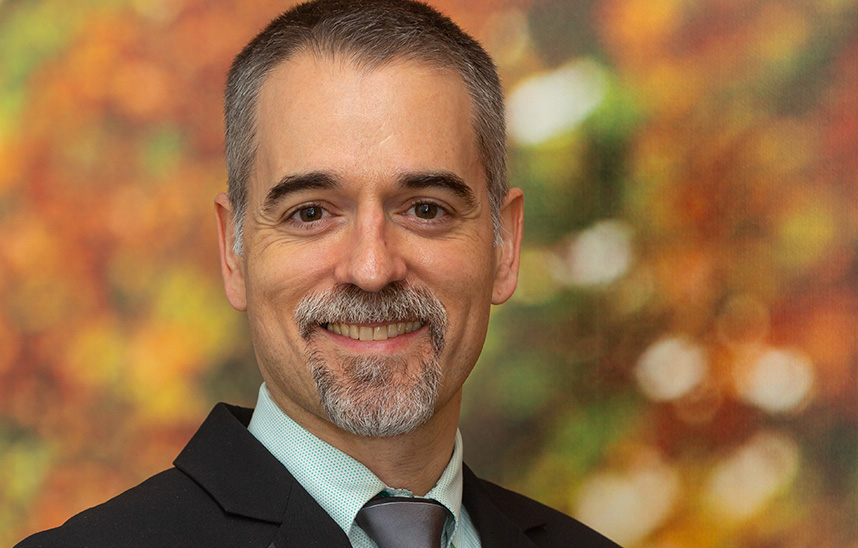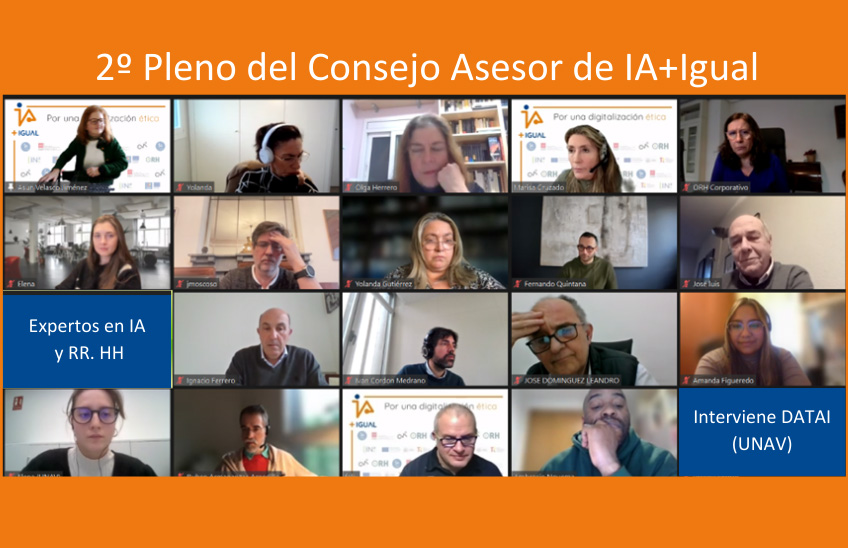A researcher of the University identifies five subtypes of brain contusions thanks to Artificial Intelligence.
The finding of Rubén Armañanzas, from the Institute of Science of the data and Artificial Intelligence (DATAI), could help in the diagnosis and prognosis of concussions.

Rubén Armañanzas, researcher of the Institute of Science of the data and Artificial Intelligence (DATAI) of the University of Navarra. of the University of Navarra, has published together with the business medical neurotechnology Brainscope, a article in JAMA Open Network (Neurology), journal of reference letter. The research has managed to identify for the first time five subtypes of contusions thanks to the reading of the electrical information generated by the brain or electroencephalogram.
This finding can be used to aid in the evaluation of concussions, their diagnosis and prognosis. The article is entitledIdentification of Concussion Subtypes Based on Intrinsic Brain Activity.
The study collected information from more than 700 patients through a medical device that provides a diagnosis of possible contusion and its severity by recording the resting electrical activity of the brain. The use of Artificial Intelligence in this device has produced algorithms that improve concussion detection methods, as well as identifying the five subtypes of concussion.
The most important goal of this work, according to the researcher of the University of Navarra, is that it reaches the medicalinternship . Armañanzas stresses that AI is a tool to advance the therapeutic work of physicians and help patients: "The doors are open, it is time to integrate the latest advances and propose new hypotheses that can decipher findings. It is a matter of placing technology at our service and not the other way around. The fundamental thing is to know how to use it," he says.
Algorithms for predicting response to clinical treatments
Rubén Armañanzas has been working for more than 20 years at research in AI applied to biomedicine, also called digital medicine. It consists of developing algorithms that make it easier for the physician to make a diagnosis based on the collection of information from previous patients. "Thanks to the algorithms provided by AI, it is possible to predict with some reliability which patients might respond positively to a clinical treatment, such as chemotherapy. What AI will facilitate are clinical profiles that help the physician discern which patients can withstand certain treatments and which cannot," he explains.
For Armañanzas, the last word is always left to the people and medical professionals: "They are the ones who decide how to use these tools. AI should not replace doctors' work , but rather enhance it. They are new dynamics and instruments, always for the benefit of facilitating their task."




